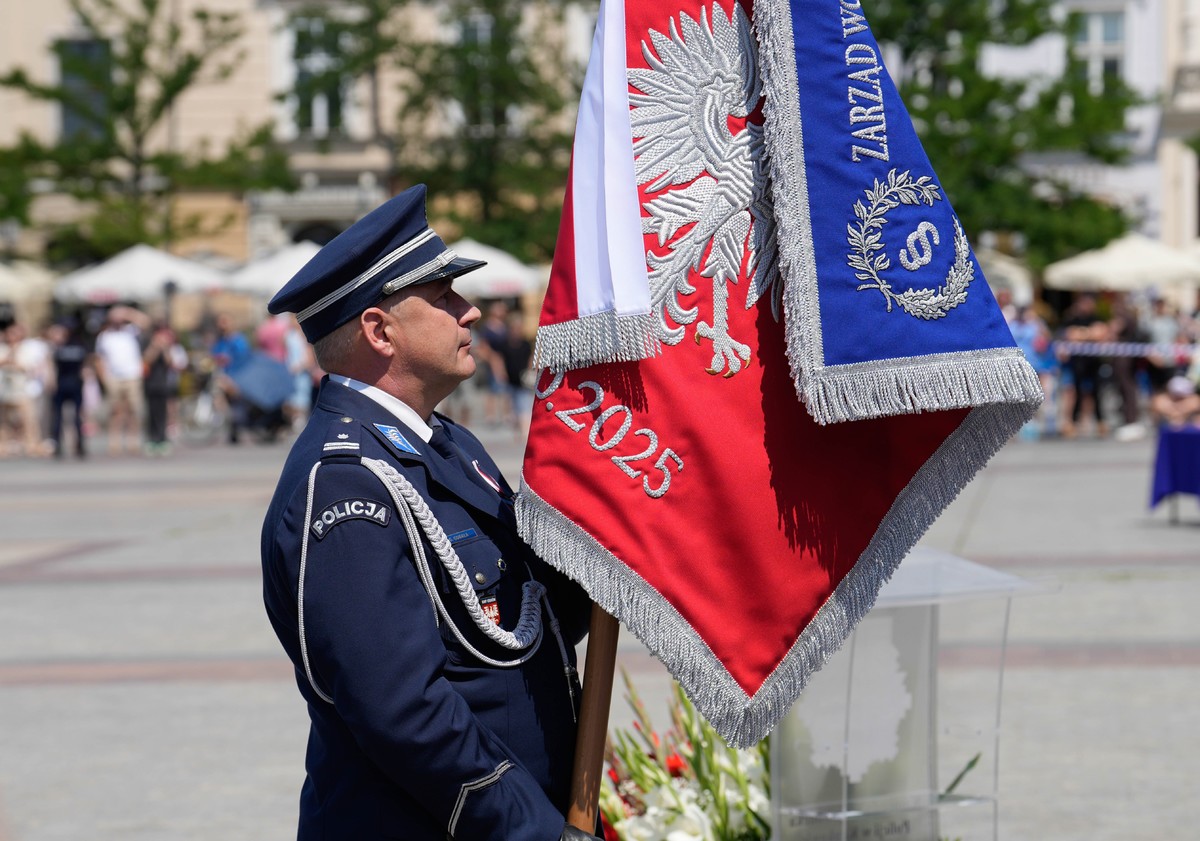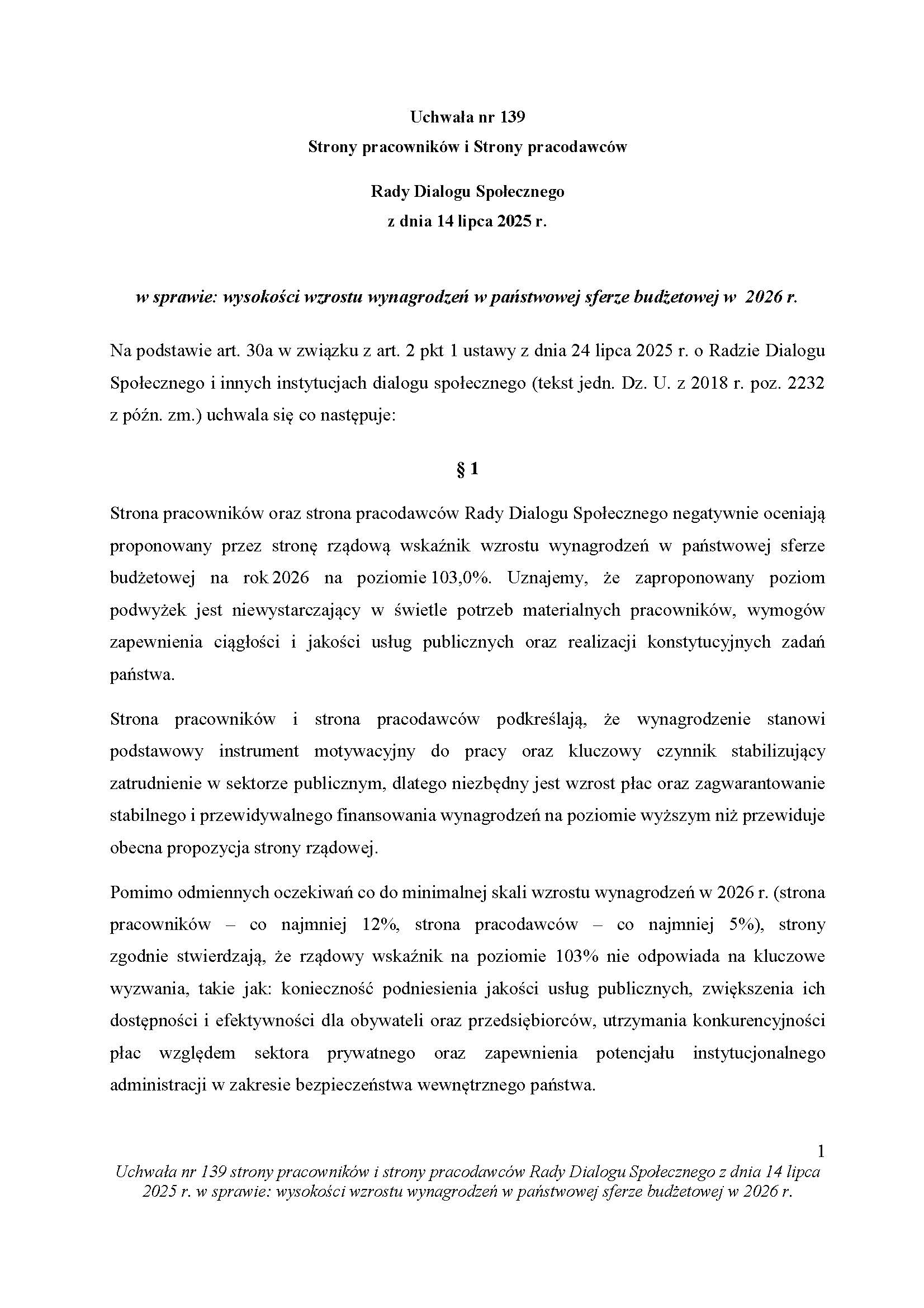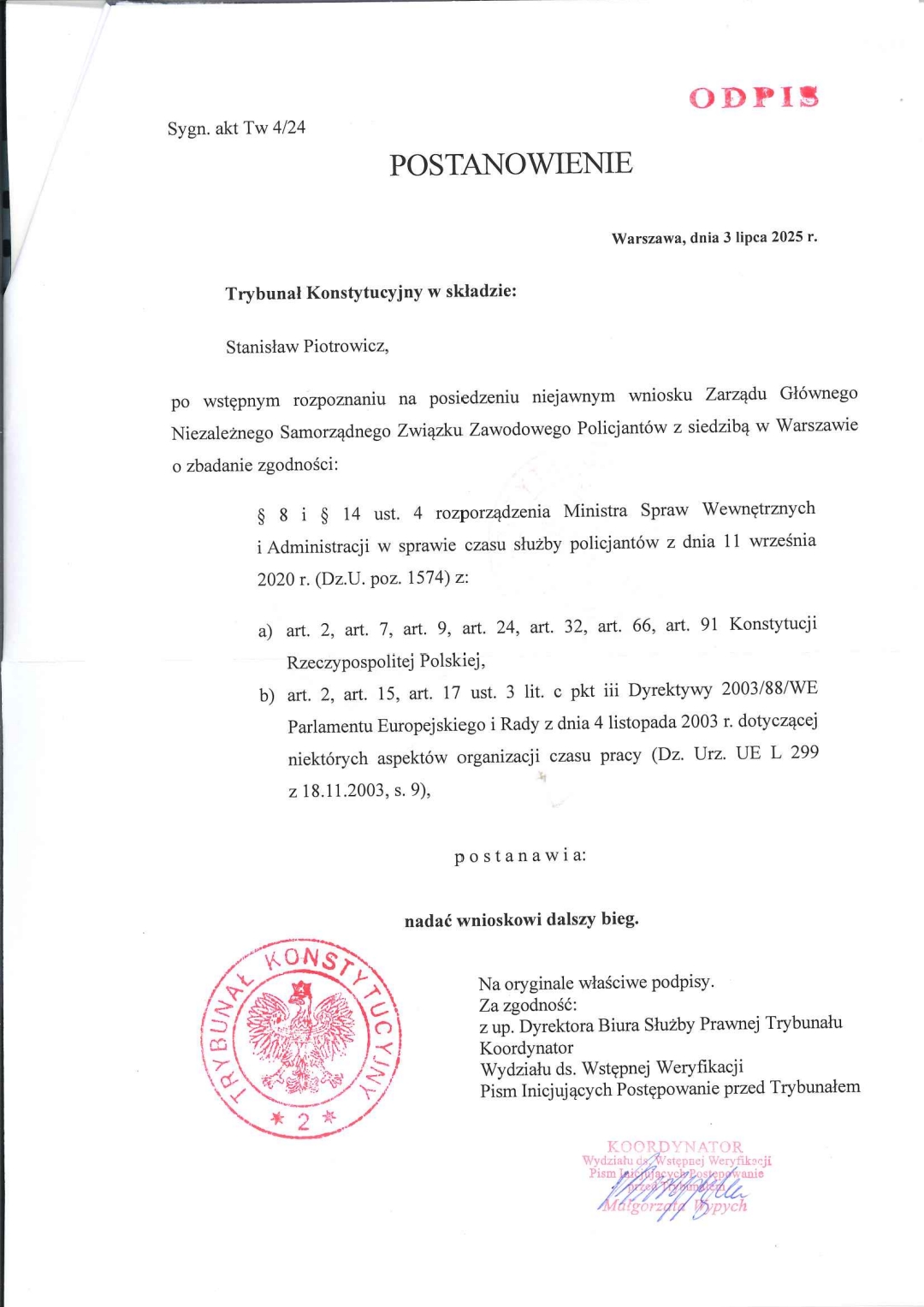
ISTANBUL— Turkish Airlines (TK) will officially resume direct flights between Istanbul (IST) and Aleppo (ALP) on August 1, marking a significant step in reestablishing air connectivity with Syria’s second-largest city.
The national carrier will operate daily service on the Istanbul–Aleppo route, with round-trip fares launching at a promotional rate of $299. This comes as air traffic between Türkiye and Syria gradually resumes following major political shifts.
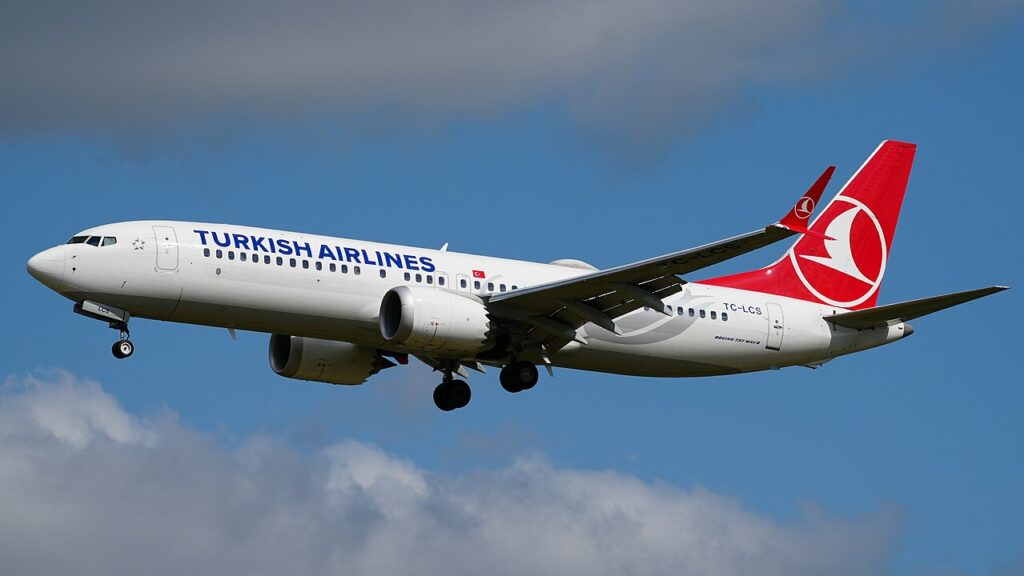 Photo: By MarcelX42 – Own work, CC BY-SA 4.0, https://commons.wikimedia.org/w/index.php?curid=120850454
Photo: By MarcelX42 – Own work, CC BY-SA 4.0, https://commons.wikimedia.org/w/index.php?curid=120850454Turkish Airlines Resumes Aleppo, Syria Flights
Turkish Airlines (TK) had suspended all flights to Syria in April 2012 due to the outbreak of civil war.
With the political landscape changing after the collapse of the Assad regime in late 2024, conditions have now improved enough to reintroduce regular commercial service.
The airline had already restarted limited operations in Syria on January 23, 2025. The inaugural flight, TK 846, from Istanbul (IST) to Damascus (DAM), carried 349 passengers, many of whom were Syrian nationals returning home for the first time in over a decade. This emotional milestone paved the way for further route expansion.
The addition of Aleppo (ALP) to the flight schedule signals Turkish Airlines’ commitment to rebuilding regional connectivity.
Aleppo is a vital commercial and cultural hub, and its reintegration into international flight networks reflects improving stability in northern Syria.
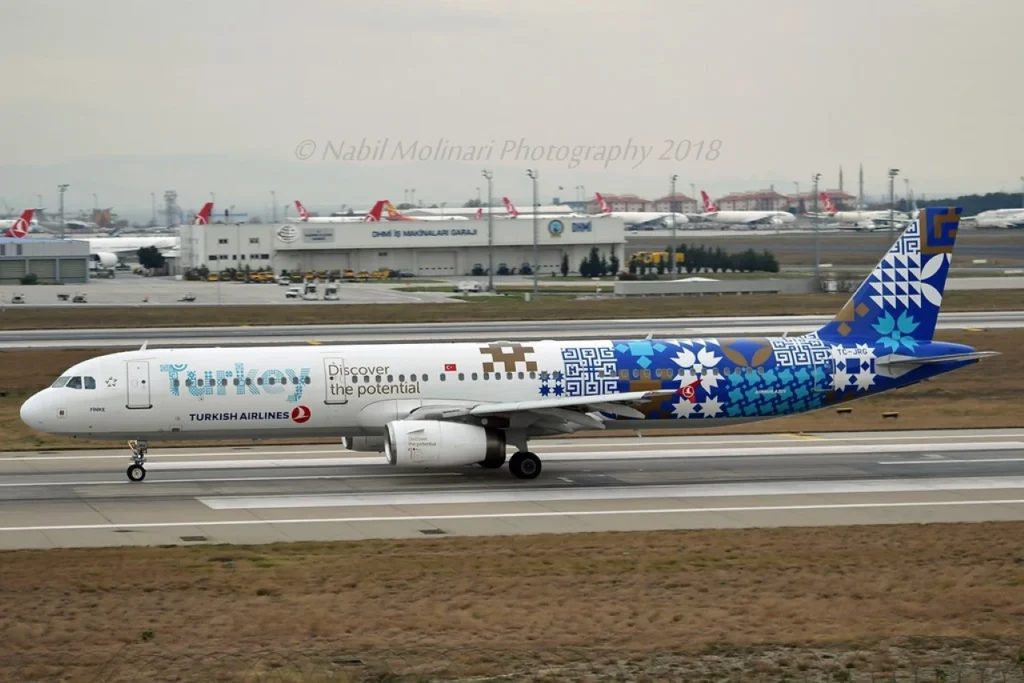 Photo: Nabil Molinari | Flickr
Photo: Nabil Molinari | FlickrGrowing Air Links Between Türkiye and Syria
Alongside Turkish Airlines’ renewed Aleppo service, budget carrier AJet (VF), a wholly owned subsidiary of Turkish Airlines, began flights from Türkiye to Damascus (DAM) on June 16, 2025.
These low-cost options aim to facilitate both personal travel and trade, targeting the growing demand from the Syrian diaspora.
AJet’s expansion is part of a broader effort to reestablish economic and humanitarian connections between Türkiye and post-war Syria.
The presence of multiple carriers offers travelers greater flexibility and affordability, especially important during the country’s ongoing reconstruction phase.
Political Changes Driving Aviation Recovery
The resumption of air services follows major developments in Syria’s governance. After the departure of President Bashar al-Assad in December 2024, a transitional government led by President Ahmad al-Sharaa assumed office in January 2025. One of its early initiatives was to re-engage with regional neighbors, including Türkiye.
Diplomatic normalization has opened the door for aviation and trade to return, with Türkiye playing a key role due to its proximity and longstanding ties with the Syrian population.
The return of Turkish Airlines and AJet to Syrian skies reflects the deepening cooperation under the new administration.
ALSO READ:
Top 10 Least Friendly Cities in the World in 2025, No.4 Will Surprise You
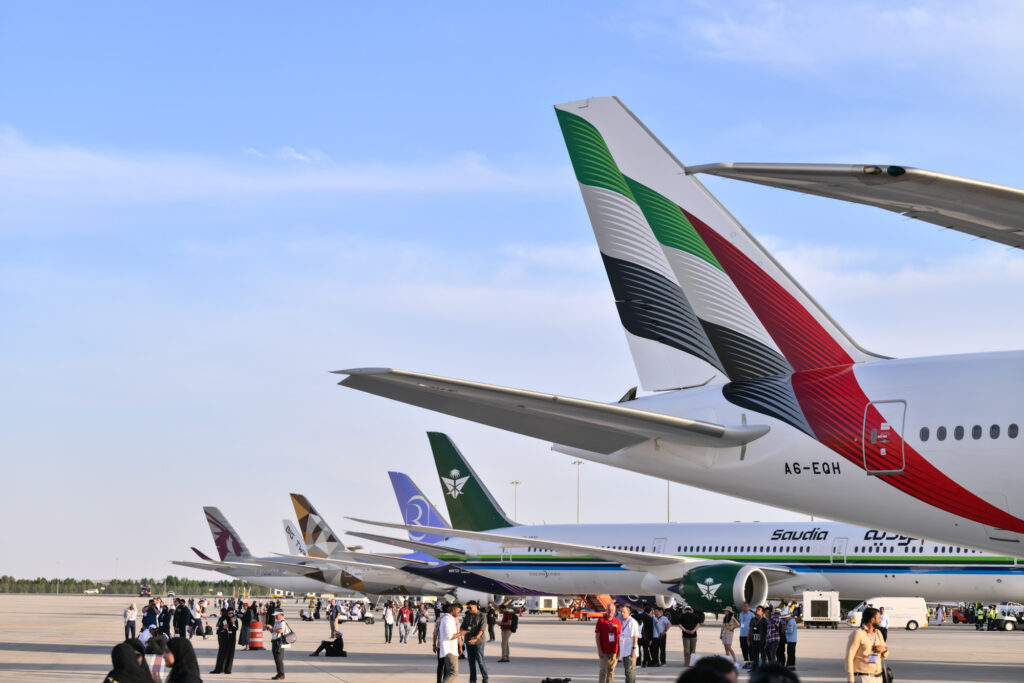 Photo: Dubai Airshow
Photo: Dubai AirshowGulf Airlines Restarts Syria Flights
Emirates (EK) has resumed direct flights to Damascus International Airport (DAM), reconnecting the Syrian capital with Dubai International Airport (DXB) after a 13-year break.
Qatar Airways (QR) is also reinstating its presence in Syria with flights to Aleppo International Airport (ALP), launching services from its global hub in Doha (DOH) beginning August 10, 2025.
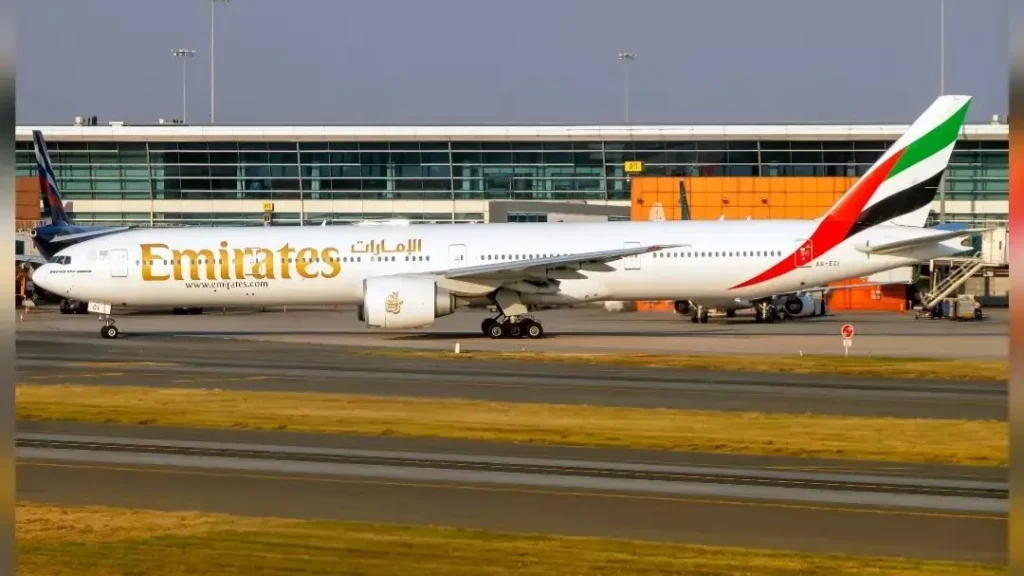 Photo: Photo: Sandeep/ atc spotter
Photo: Photo: Sandeep/ atc spotterEmirates Reconnects Syria to the Global Network
The return of Emirates (EK) to Damascus (DAM) marks a critical milestone in regional aviation, signaling renewed diplomatic and economic cooperation between the United Arab Emirates and Syria.
Flight EK913, operated by a Boeing 777-200LR, landed at 2:30 PM local time, becoming the first Emirates flight into Syria since 2012.
The aircraft was welcomed with a traditional water cannon salute and received by dignitaries from both countries, including H.E. Dr. Ahmad Belhoul Al Falasi and H.E. Hasan Ahmed Al-Shehhi.
This resumption reinstates a key air corridor suspended during Syria’s civil conflict. Emirates had originally launched operations to Damascus in 1988 but ceased service amid safety concerns in 2012.
With enhanced stability and strengthened bilateral relations, the airline has now reinstated the route with three weekly flights—Mondays, Wednesdays, and Sundays—expanding to daily service by October 2025, pending regulatory approvals.
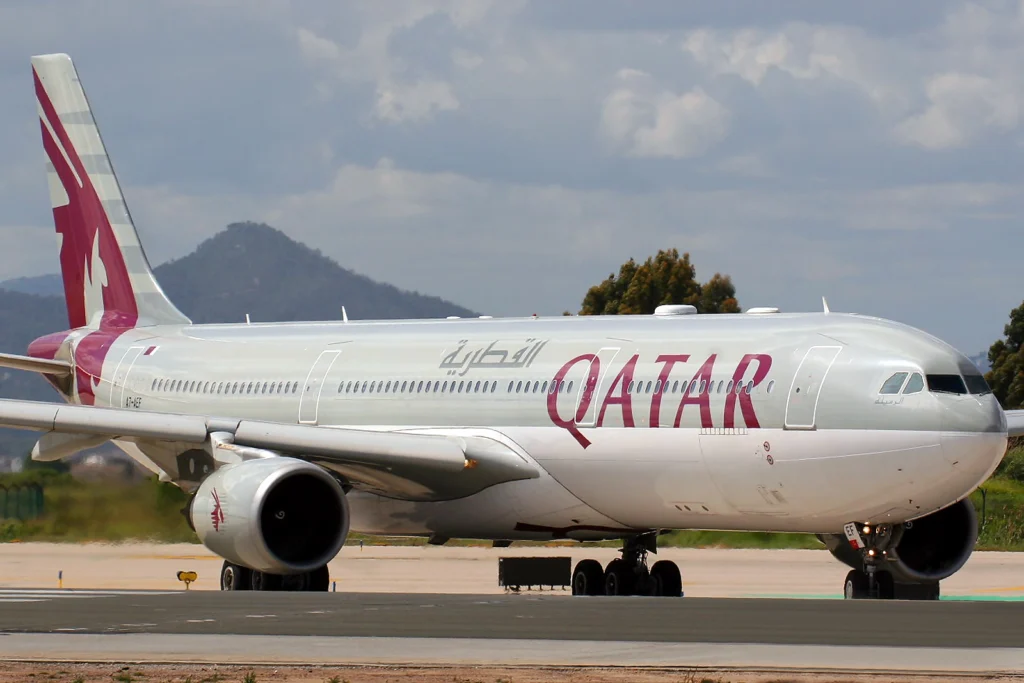 Photo: By Curimedia – Airbus A330-302 Qatar Airways A7-AEF, CC BY 2.0, https://commons.wikimedia.org/w/index.php?curid=26169258
Photo: By Curimedia – Airbus A330-302 Qatar Airways A7-AEF, CC BY 2.0, https://commons.wikimedia.org/w/index.php?curid=26169258Qatar Airways Returns to Aleppo After 14 Years
Qatar Airways (QR) will relaunch flights to Aleppo (ALP) from Hamad International Airport (DOH) starting August 10, 2025. This reintroduction strengthens the airline’s regional footprint and reconnects northern Syria with global markets via Doha.
Flights QR414 and QR415 will operate three times a week—on Mondays, Wednesdays, and Sundays—using modern Airbus aircraft.
From September 1, 2025, a fourth weekly service on Thursdays will be added, demonstrating growing demand and confidence in the route.
Qatar Airways had initially suspended flights to Aleppo in 2011 due to the conflict. The carrier’s return now supports broader goals of regional reintegration and increased mobility for Syrian travelers and businesses.
ALSO READ:
Turkish Airlines Flight to San Francisco with A350 Diverted to Chicago
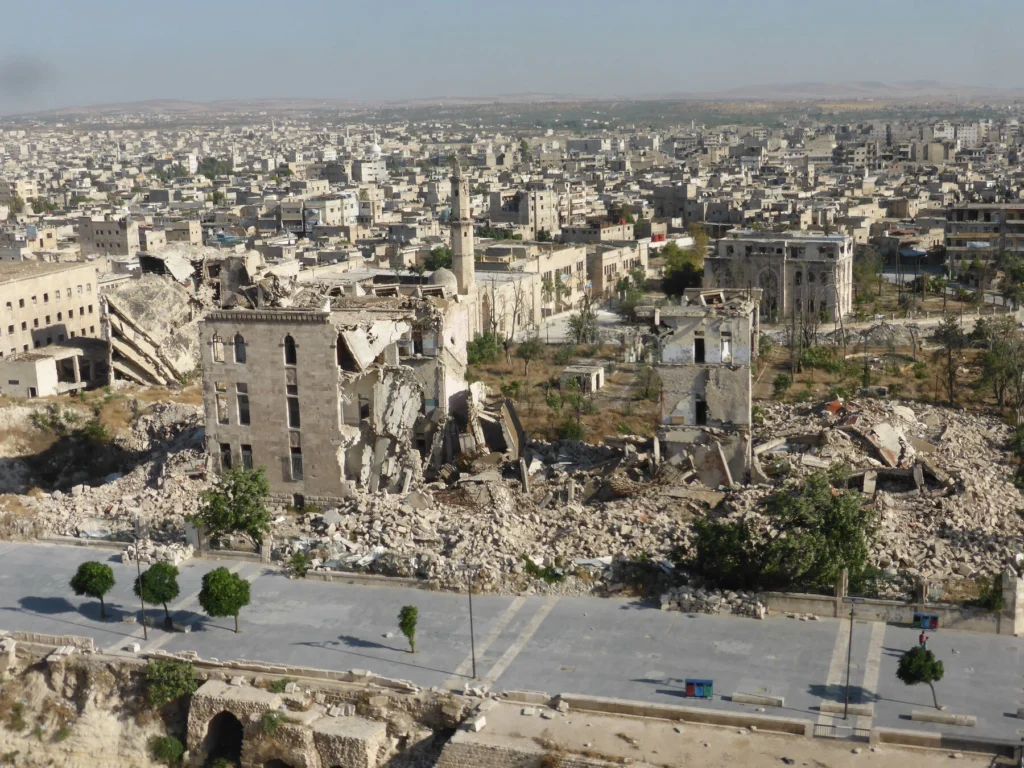 Photo: Francesco Bandarin
Photo: Francesco BandarinAleppo: One of the Most Dangerous Cities in the World
In a sweeping offensive late in 2024, Hayat Tahrir al-Sham (HTS) took control of Aleppo (ALP), Syria’s largest city, ending decades of Assad regime dominance. The sudden collapse left the ancient metropolis navigating a fragile transition amidst ideological fractures and military uncertainty, The Guardian reported.
With Kurdish forces still holding parts of the city and rebels flying opposition flags, Aleppo (ALP) has become the epicenter of Syria’s uncertain post-Assad era. Qatar Airways (QR) recently resumed flights to the war-torn city, marking a symbolic return of global engagement.
The Seizure of Aleppo and the Collapse of Assad’s Regime
Aleppo (ALP), once Syria’s economic heart and one of the world’s oldest continuously inhabited cities, became ground zero for a decisive turn in the Syrian Civil War. In November 2024, HTS launched a rapid and well-coordinated offensive from Idlib, exploiting reduced Russian and Iranian support for President Bashar al-Assad’s regime.
Years of battlefield attrition, depleted morale within the Syrian Arab Army, and strategic overstretch created a vacuum. Within weeks, HTS-led Sunni Islamist forces overwhelmed regime positions in Aleppo, prompting Assad’s flight from Damascus. This marked the end of more than 50 years of Alawite rule.
Though HTS now controls much of Aleppo, Kurdish fighters, particularly in the Sheikh Maqsoud district, continue to hold their ground. Their historical mistrust of Islamist factions has led to an uneasy standoff rather than open confrontation. Rebel and opposition flags now flutter across districts once filled with symbols of the Assad dynasty.
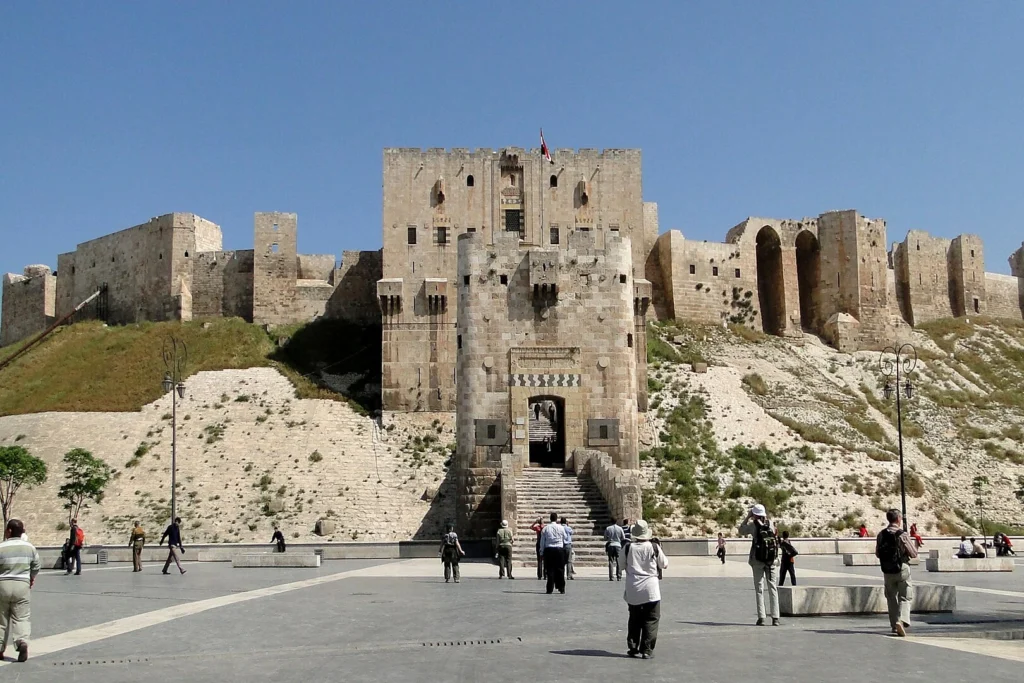 Photo: By Bernard Gagnon – Own work, CC BY-SA 3.0, https://commons.wikimedia.org/w/index.php?curid=11576683
Photo: By Bernard Gagnon – Own work, CC BY-SA 3.0, https://commons.wikimedia.org/w/index.php?curid=11576683Daily Life in a Fractured City
Aleppo’s landscape reflects both devastation and defiance. In neighborhoods like Sha’aar and Azaziyeh, the Syrian opposition’s red, green, and white flag replaces once-ubiquitous images of Assad. Civilians navigate streets lined with burned checkpoints, destroyed infrastructure, and rubble—symbols of a war not yet fully ended.
Markets show tentative signs of recovery. Goods are now transported from HTS-controlled Idlib and across the Turkish border, stabilizing prices and restocking essentials. Vendors like Bashar Hakami report more consistent supplies, while structured trade routes have largely replaced black-market chaos.
Yet the peace is fragile. In districts such as Sheikh Maqsoud, the threat of sniper fire persists, and mistrust among factions lingers. Armed groups patrol the streets, and while violence has lessened, fear remains.
Civil Resistance and the Return of Humanitarian Efforts
Between 2012 and 2016, Aleppo endured some of the civil war’s deadliest episodes, including relentless Russian and Syrian regime airstrikes. Now, local organizations like the White Helmets have returned to help restore what was lost.
Operating again from al-Ma’ari, their rescue and recovery efforts are both symbolic and practical. Khaled Khatib, a White Helmet who fled Aleppo during the conflict, says the city is still an “open wound” but ready to heal. Many older residents who never left—or have since returned—speak of cautious hope amid deep uncertainty.
Despite ideological divisions, the populace is united by exhaustion and a shared desire for peace. Still, under HTS’s Islamist rule, questions remain about civil liberties, minority rights, and the shape of Syria’s future.
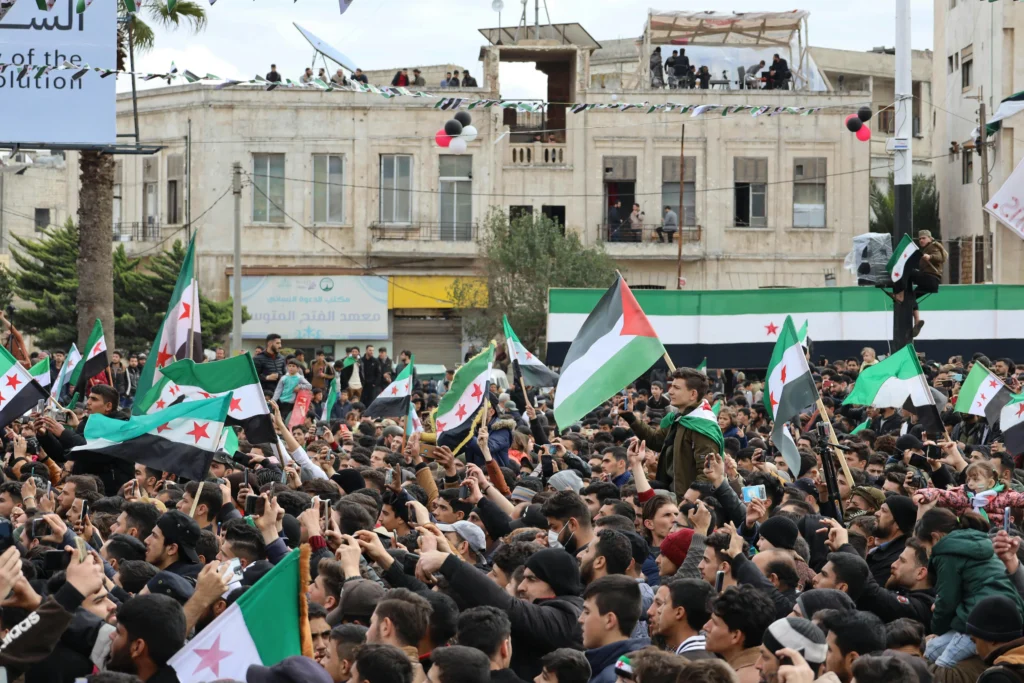 People on a Street Demonstration in Syria; Photo- Pexels
People on a Street Demonstration in Syria; Photo- PexelsStrategic Failures Behind Assad’s Downfall
HTS’s victory was not solely military. The group exploited key weaknesses: Assad’s distracted allies, crumbling internal command, and eroding popular support. Russia’s preoccupation with Ukraine and Iran’s economic instability hampered external intervention, while Hezbollah faced mounting pressure in Lebanon and Israel.
On the ground, Syrian forces were plagued by desertions and internal purges. Local reinforcements never materialized in Aleppo, and resistance crumbled under the psychological and symbolic weight of collapse—portraits defaced, statues toppled, and regime buildings seized without a fight.
Damascus fell shortly after Aleppo, making it the first time since 1970 that Syria was no longer under the Assad family rule.
An Uncertain Road Ahead
Aleppo remains a city of contradictions. The West, once a thriving commercial sector, now suffers from neglect and pollution. The east, scarred by years of siege and barrel bombings, is a maze of destruction with pockets of tentative revival.
Schools are reopening, firefighters regroup, and families cautiously rebuild. Yet, questions persist: Will HTS establish a theocratic regime? Will Kurdish autonomy be respected? Can peace hold in the absence of a central authority?
Aleppo stands as both a symbol of regime collapse and a test case for Syria’s future — whether federal, democratic, or Islamist. The city’s fate will likely influence the broader direction of post-war Syria.
Stay tuned with us. Further, follow us on social media for the latest updates.
Join us on Telegram Group for the Latest Aviation Updates. Subsequently, follow us on Google News
Top 10 Least Peaceful Countries in the World in 2025, No.3 Will Surprise You
The post Turkish Airlines to Resume Flights to Most Dangerous City in the World After 13 Years appeared first on Aviation A2Z.











